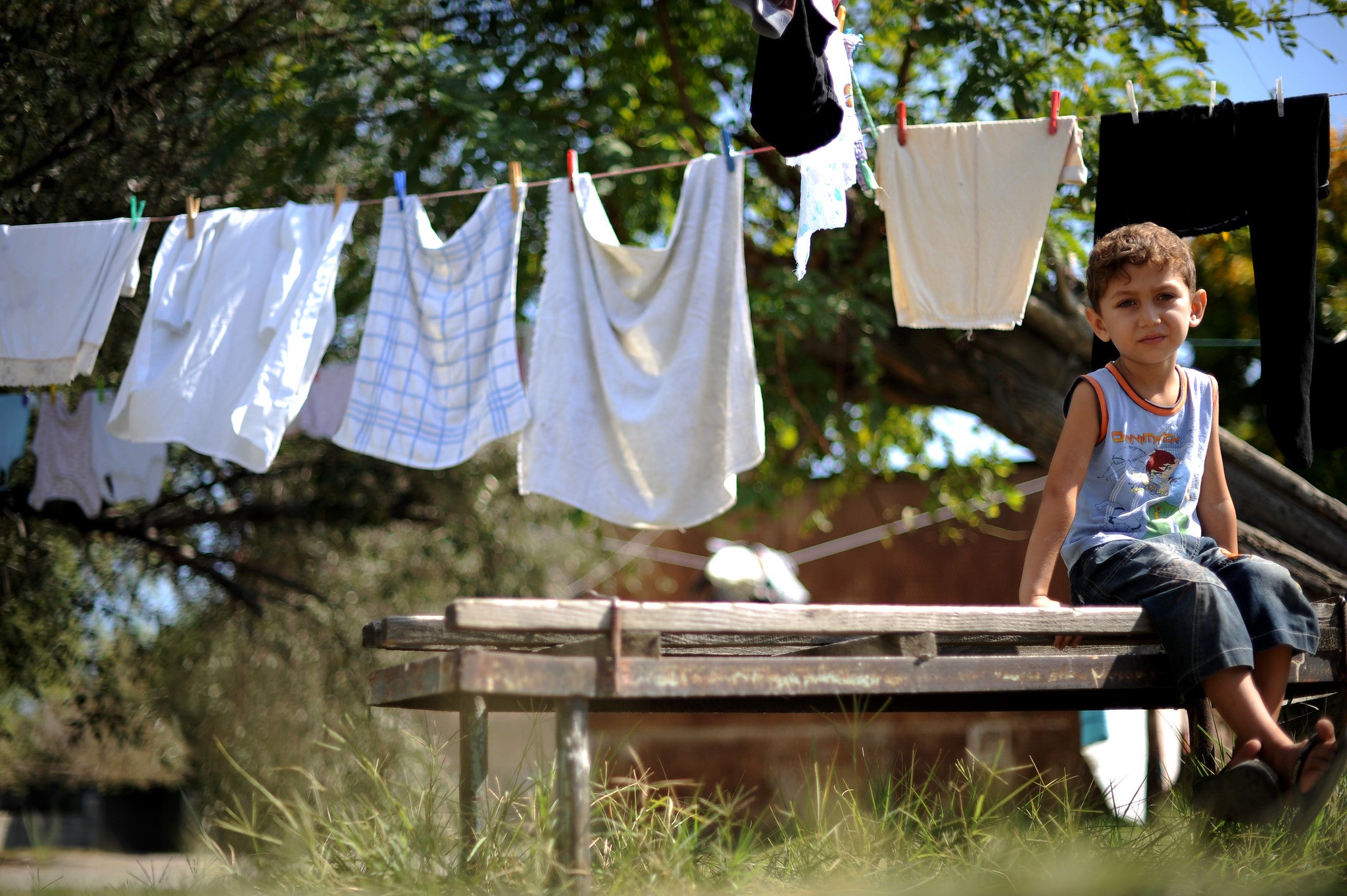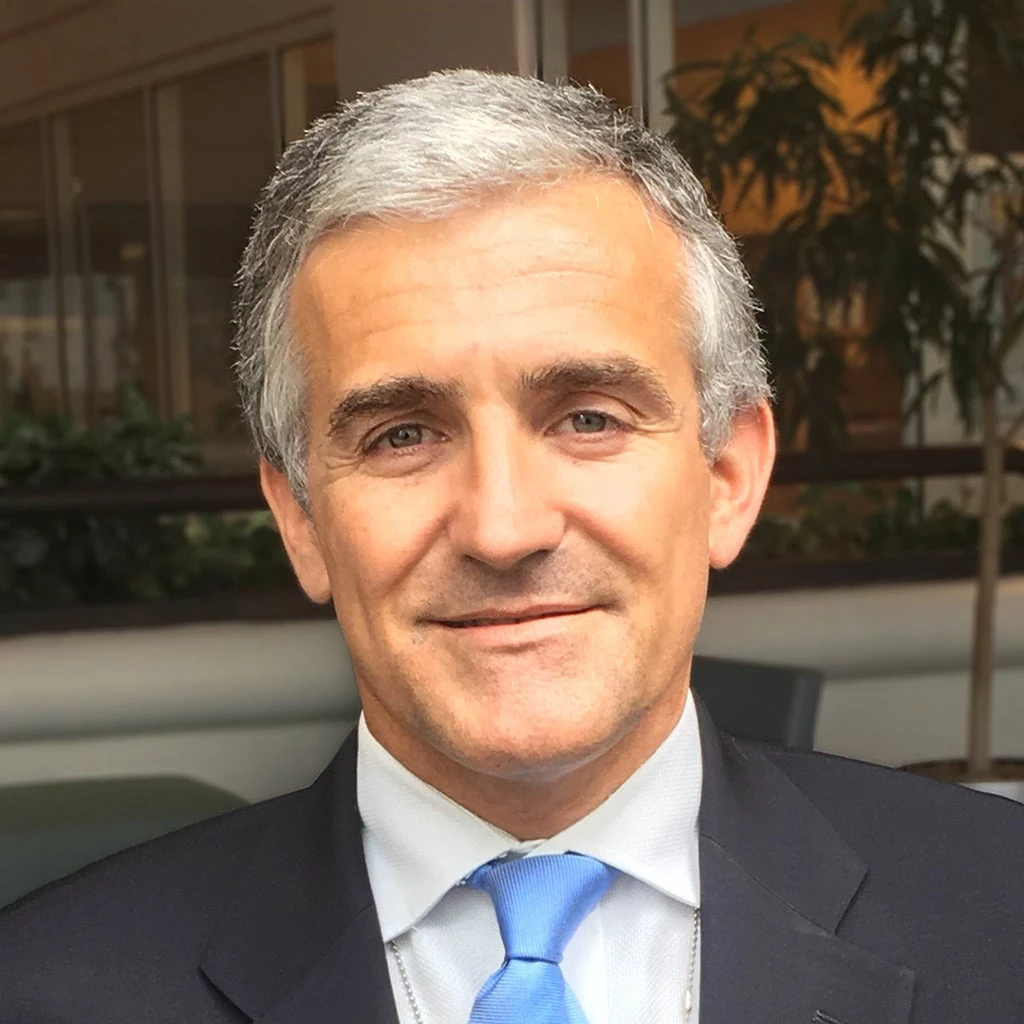 Aliyev plays outside of his home in an IDP camp. © Allison Kwesell / World Bank
Aliyev plays outside of his home in an IDP camp. © Allison Kwesell / World Bank
By 2030, close to half of the world’s extreme poverty will be concentrated in countries affected by fragility, conflict and violence (FCV). Among the 20 poorest performing countries on the Human Capital Index (HCI), 14 are impacted by FCV and more than half of the extreme poor in these countries face deprivation of access to basic services like health and education, as well as infrastructure such as energy, water, and sanitation.
Social protection programs are often the first line of defense to protect the poor and vulnerable in a fragile or conflict-affected situation. Inhabiting the nexus between humanitarian and development response, these programs – such as cash transfers and cash-for-work programs – are a primary means for governments to provide quick and direct support to affected populations.
In the Democratic Republic of Congo, to complement the public health response in Ebola-affected zones, $50 million was quickly mobilized to support a cash-for-work program to help increase the resilience of communities, support the local economy, and strengthen social cohesion, thus addressing key challenges impeding recovery. A successful pilot of 10,000 beneficiaries, half of whom are women, in Ebola hotspots is being progressively expanded to create 100,000 temporary jobs and social infrastructure across all 22 Ebola-affected areas. This program is a prime example of the role social protection plays in the humanitarian-development nexus, and it has been integrated into the government’s Ebola Integrated Response Plan (2019), with the DRC Social Fund (FSRDC) leading the “community work” sub-pillar in collaboration with UN partners.
Increasingly, social protection programs are designed to be adaptable so that support can be quickly scaled up during difficult times. Known as “adaptive social protection,” this approach protects a country’s human capital investments by building resilience and providing access to income earning opportunities so that vulnerable people don’t fall deeper into poverty. In Niger, an Adaptive Safety Net Project has provided 12 months of cash transfers to the most vulnerable households affected by crises and conflicts in neighboring Libya and Nigeria, including to returnees, refugees, and host communities. The new phase of the project aims to improve the capacity of the country’s safety net system to respond to both climate and security-related shocks.
Crises often disproportionately impact the most vulnerable people and communities – such as women and children. When disaster strikes, adaptive social protection can target those who need support the most. In Burkina Faso, a cash transfer project has reached 550,000 beneficiaries – most of whom are women. The project also piloted an adaptive modality that can be scaled up to enhance resilience to food insecurity.
During times of conflict, meeting humanitarian needs is crucial for saving lives and meeting basic needs, but protecting human capital is equally important for post-conflict reconstruction and recovery. In Bangladesh, the Emergency Multi-Sector Rohingya Crisis Response Project will strengthen the Government of Bangladesh’s systems to improve access to basic services and build social resilience of the displaced Rohingya population. In Central African Republic (CAR) an IDA project is one of the few with a focus on internally displaced people. Coupled with a community-driven development component, the project supports forcibly displaced and host communities with cash transfers to protect and promote human capital and support their immediate consumption needs. It is also leveraged to reform CAR’s social protection sector with the foundations of a national social registry, again showing that social protection programs can foster lasting development gains.
Due to the complexity and intersectoral nature of crises, no one actor can do it all. Partnerships are key to providing effective social protection programs in countries impacted by FCV. In Yemen, for example, a strong partnership between the World Bank and UN agencies has enabled the delivery of IDA-funded emergency operations, while also investing in the country’s social protection institutions to build their capacity. In Somalia, the Shock-Responsive Safety Net for Human Capital Project (SNHCP) is supporting the country to develop and implement its first national safety net program in partnership with the UN. The project will support joint efforts between the government and humanitarian and development partners to gradually move from a pure humanitarian response to a more development-based approach focused on accumulation of human capital, institutional and household resilience, and poverty alleviation.
The increased emphasis on tackling fragility at the World Bank builds on over a decade of leveraging social protection programs to build resilience in conflict situations. For 16 years, the Northern Uganda Social Action Fund has worked to support the most vulnerable households in an area which has experienced prolonged instability by building resilience against shocks through increased household incomes and expanding economic opportunities. Today, food aid to the drought-prone north has decreased by 80 percent-- a good sign that the community is becoming resilient -- and average household incomes of project beneficiaries has also increased as a result.
Taking a long-term development approach in crisis and conflict working in complementarity with humanitarian actors is a key approach the World Bank Group (WBG) is taking to effectively tackle the challenge of long-term development in FCV settings. The focus of this approach is preserving human capital, essential institutions, and services even during crises. In addition, this development approach prioritizes other areas like addressing the root causes of fragility like climate change and inequality, helping countries transition out of fragility, and supporting refugees and host communities to help countries manage the challenge of forced displacement.
To systematize these approaches and increase impact especially at the country level, the WBG is developing its first institution-wide strategy on FCV. As part of the first phase of consultations into the strategy, we have heard from over 1,700 stakeholders in 88 countries and territories, through face to face meetings, our online questionnaire, by email and through social media. This feedback will be incorporated into the FCV strategy, which is helping us operationalize a comprehensive institutional approach to supporting communities in all FCV-impacted countries. As the number and intensity of crisis situations increase – due to a rise in pandemics, conflicts, forced displacement, and natural disasters –, having adequate safety nets will be even more crucial in protecting the poor, empowering them to seek the opportunities and services they need, and preventing long-term development setbacks.



Join the Conversation